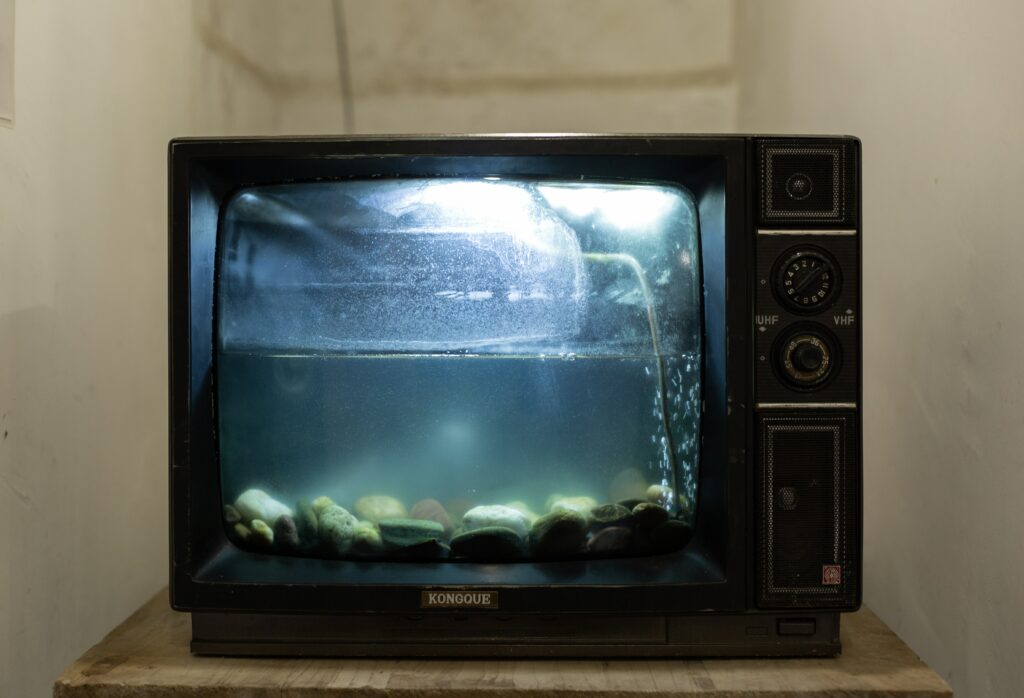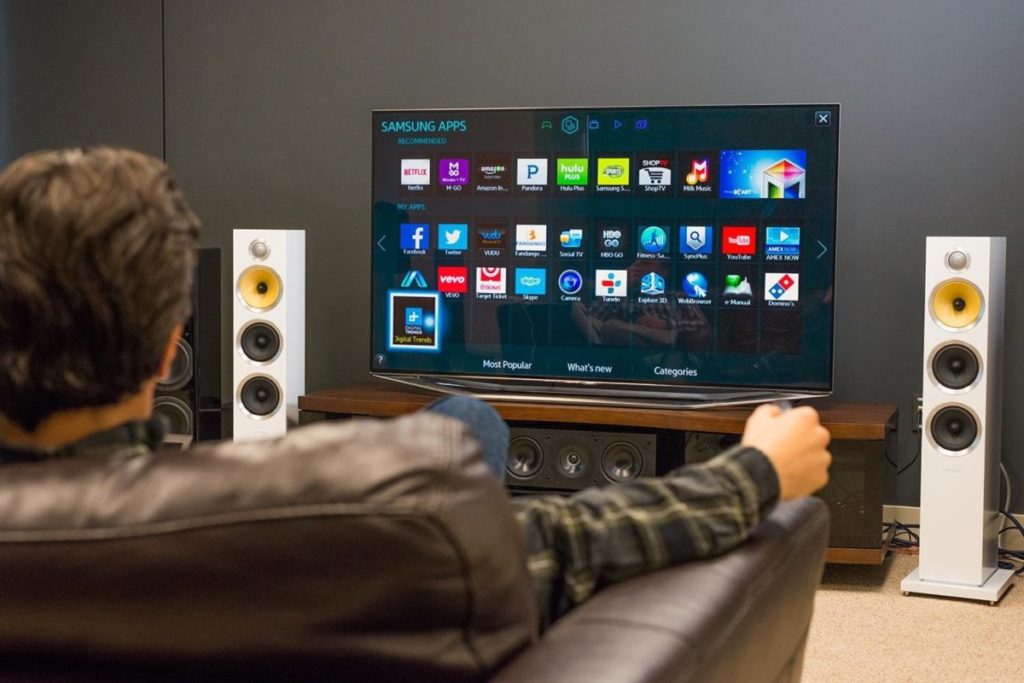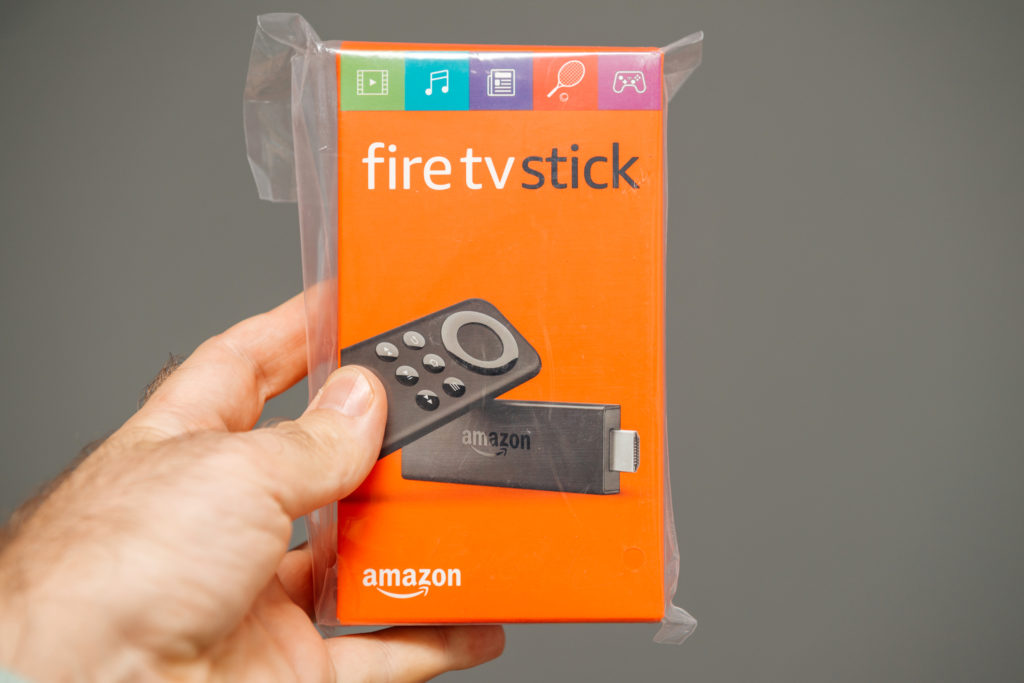We all know that electronics and water don’t mix.
Televisions can be expensive to repair when they come in contact with water.
While most LCD screens will need to be entirely replaced, other components like the circuit board or cables may be salvageable if the damage is caught quickly enough.
It looks like there are a few ways to rescue a wet TV.
This article will explore how much the damage can cost, what you can do yourself, and how to remove excess moisture from a TV screen.
Can a TV Be Repaired After Water Damage?
Part of a TV can be repaired after contact with water, but not everything will be salvageable.
For example, most LCD and LED television screens are quickly ruined by water damage.
The water can settle between the layers of the liquid crystal display or copper-comb teeth and be very difficult to dry.
The water can use the electricity of the TV to corrode and rust the circuit board extremely fast.
However, circuit boards can be repaired if caught quickly enough, and cables are easy to replace.
Time is the most important factor when repairing a TV after contact with water.
If the components have sat in the water while the TV was on or plugged in, it probably isn’t salvageable.
How Much Will It Cost?
The cost of a TV repair will vary depending on the damage’s extent, the make and model of your TV, and where you take it.
The national average for a TV repair is $200, but the range is anywhere from $100 to $300.
Water damage can run you up to $400, with the low end being $150.
This cost has parts and labor included.
Depending on the extent of the damage, the repairman may need to disassemble everything, dry it out, and then reassemble it.
Or, they may need to order new parts if something can’t be salvaged.
If it was a pretty old TV that got moisture inside it, I suggest you simply get a new TV and save yourself money and effort.
What Do You Do if Your TV Gets Wet?
You should immediately turn the TV off and unplug it if it’s connected to a power source.
Water damages the electrical components of your TV when there’s electricity running through it, and your TV uses power even when it’s entirely off, hence why unplugging it is essential.
Unplugging it will also reduce the possibility of electrocution or shocks.
Next, you’ll need to unscrew the case of your LCD TV to access the circuit boards.
You may need a Phillips head or a flat head screwdriver, depending on the make and model of your TV.
Carefully disconnect the circuit board from the rest of the TV and put the components into silica gel packets or rice (trust me, it actually works, did the same trick with the phone that took a swim in the swimming pool).
While that’s sitting, pour out any remaining water in the TV case.
You want to ensure it’s completely dry before you reassemble it.
Ideally, you’ll want to wait 48 hours before removing the circuit board from the desiccant, but overnight may be long enough.
Wet a toothbrush with isopropyl alcohol and start scrubbing the circuit board.
The goal is to remove any corrosion or rust while not damaging the board itself.
You can safely dry the board of alcohol using compressed air before reinstalling it into the TV.
Finally, plug everything back in and see if it powers up alright.
If everything works, congratulations! If not, your LCD screen may have had contact with water and needs to be repaired.
How Do You Get Moisture Out of a TV Screen?
The first method I’m going to recommend is the tried and true method we’ve all heard of – put it in rice (we discussed that in the previous section).
This method isn’t feasible with larger flat-screen TVs, but can work with smaller monitors.
You’ll need a storage tub full of rice where you can completely submerge the screen.
Don’t worry if rice isn’t an option. If you don’t want to take it apart and the water damage behind the screen is minimal, you can place the screen in a warm, dry area with a dehumidifier.
Over two or three days, the water will be pulled from the screen and collected by the machine.
Another option for light moisture damage is to put a box fan behind the screen and let it blow for several hours while keeping the temperature warm.
TV screens are porous, and the water can sometimes evaporate out, leaving you with less of an issue.
Conclusion
It’s frustrating when your TV is exposed to water, and you’re unsure what to do.
The first thing is to turn it off and unplug it to prevent the water from reacting with the electricity.
Then, carefully remove the circuit board and check for internal water damage.
If there’s water trapped between the layers of your screen, you may be able to put a fan on it and wait a few days.

Hi there, technology lovers! My name is James, I am an admin and a frequent writer for this blog. I am a techno-geek, so this blog is the place where I want to share all my knowledge with you to make your life a little bit easier in terms of dealing with technology.



